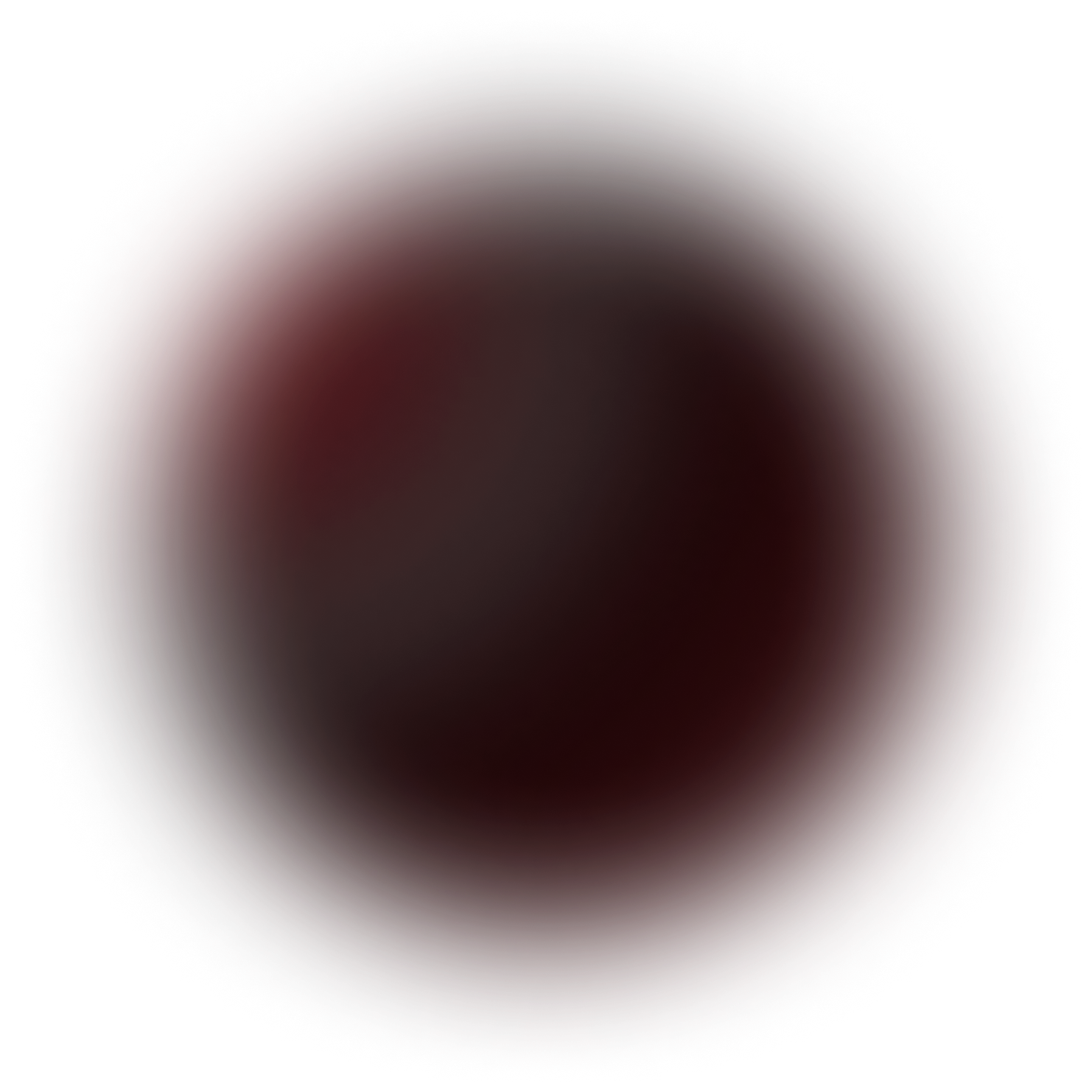
Bananas (1 Medium (7 Inches To 7 7/8 Inches Long)) and Pears (100 G)
Breakfast
130 mg/dL
avg. peak value
Usually causes a medium spike
Avg. Food Score on Ultrahuman App
Ultrahuman Users got an UNSTABLE response
How to consume Bananas, Pears without glucose spikes
Pair with Protein or Healthy Fats
Combine bananas or pears with a source of protein or healthy fats, such as a handful of nuts, a spoonful of nut butter, or a serving of Greek yogurt. This combination can help slow the absorption of sugars.
Choose Smaller Portions
Opt for smaller-sized bananas or pears to reduce the overall sugar intake in one sitting.
Eat with High-Fiber Foods
Incorporate foods high in fiber, like chia seeds, flaxseeds, or oats, during your meal to help stabilize blood sugar levels.
Add Cinnamon
Sprinkle some cinnamon on your fruit. Cinnamon is known to help in moderating blood sugar levels when included in meals.
Opt for Green or Less Ripe Fruit
Choose greener or less ripe bananas and pears, as they tend to have lower sugar content compared to fully ripened ones.
Stay Hydrated
Drink plenty of water throughout the day to support your body’s natural regulation of blood sugar.
Space Out Fruit Consumption
Instead of having bananas and pears together, eat them at different times of the day to prevent a larger spike.
Include Leafy Greens
Add leafy greens like spinach or kale to your meal. They are nutritious and can help manage sugar absorption.
Engage in Light Physical Activity
Consider a short walk or light exercise after eating fruit to help your body use the sugar more effectively.
Monitor and Adjust
Keep track of your blood sugar responses to these fruits and adjust your intake and combinations accordingly.

Discover
metabolic
health with M1
Ultrahuman M1 helps you measure the impact of food and activity on your body in real time through glucose as a biomarker.
Explore Ultrahuman M1Find Glucose response for your favourite foods
Explore OGDbYour cart is empty
Browse through our products and find something for you.
